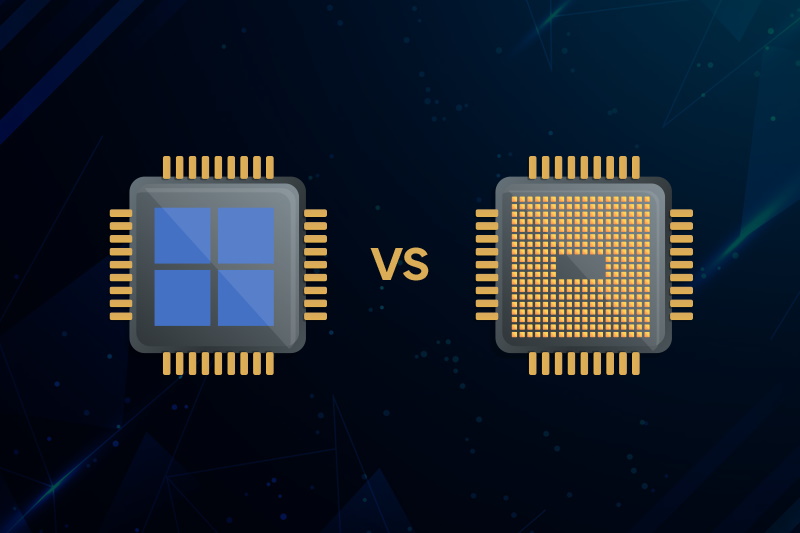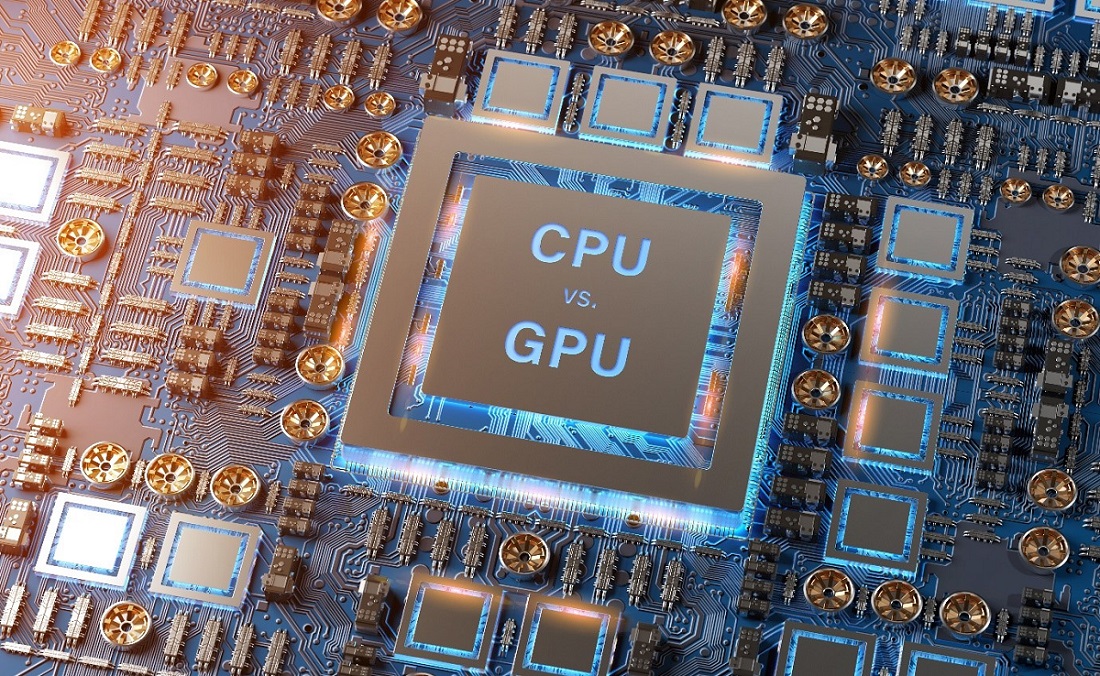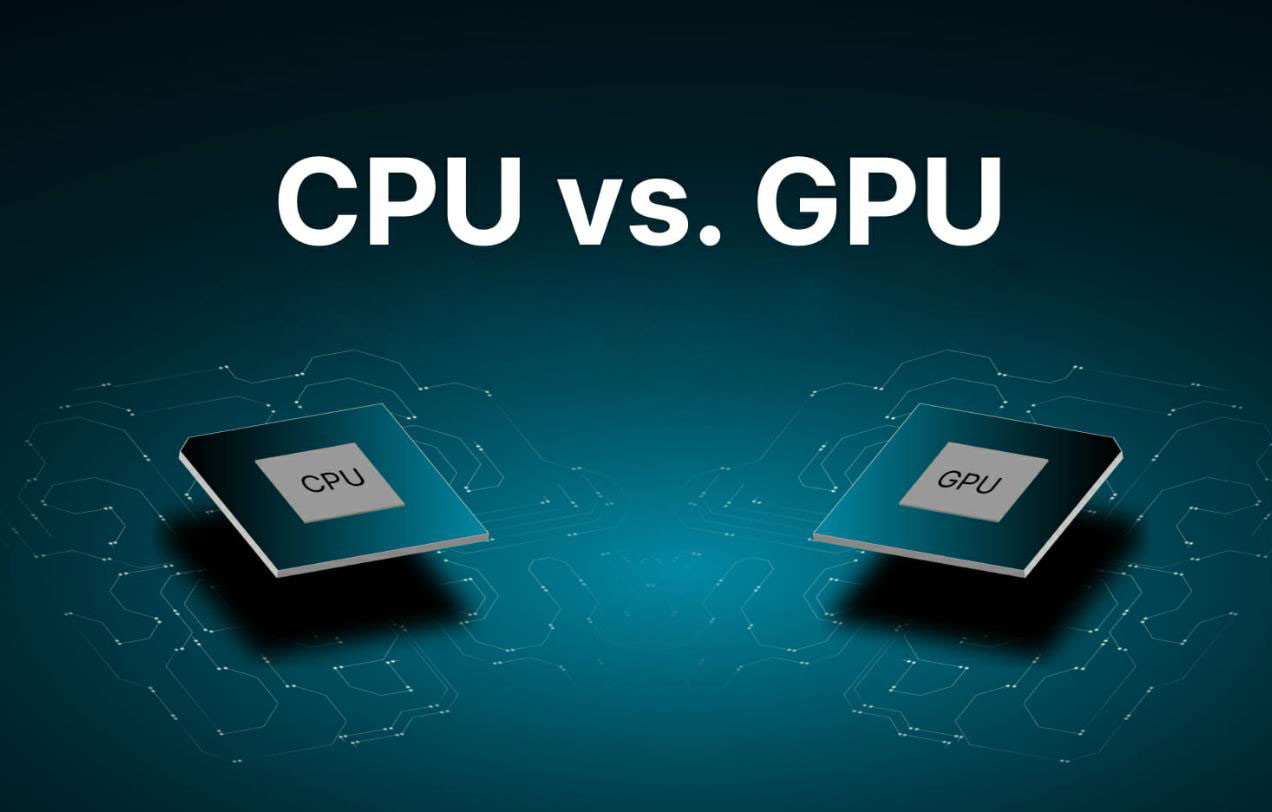Understanding the fundamental differences between CPUs and GPUs is crucial in today’s computing, where both processors play distinct yet complementary roles in powering our digital experiences. While many users encounter these terms regularly, the specific functions and capabilities of each processor type often remain unclear. The Central Processing Unit (CPU) serves as the computer’s brain, handling general-purpose computing tasks with precision and versatility. Meanwhile, the Graphics Processing Unit (GPU) specializes in parallel processing, excelling at tasks that can be divided into thousands of simultaneous operations.
The distinction between these processors extends far beyond their names. CPUs are designed with fewer, more powerful cores optimized for sequential processing and complex decision-making tasks. They excel at handling diverse workloads that require sophisticated instruction sets, advanced control units, and large cache memories. In contrast, GPUs feature thousands of smaller, specialized cores that work together to process multiple data streams simultaneously. This architectural difference makes GPUs particularly effective for graphics rendering, scientific simulations, machine learning, and other parallel computing applications.
As computing demands continue to evolve, understanding when to leverage CPU versus GPU capabilities becomes increasingly important. From gaming and content creation to artificial intelligence and data analysis, choosing the right processor for specific tasks can dramatically impact performance and efficiency. Modern computing systems often combine both processors, allowing them to work together and maximize system performance by utilizing each processor’s unique strengths for optimal task execution.\

CPU Architecture and Core Functions
The CPU represents the cornerstone of computer processing, constructed from billions of transistors arranged in a sophisticated architecture designed for versatility and precision. Modern CPUs typically contain between 2 to 64 cores, with each core optimized for handling complex, sequential tasks that require advanced logical operations and decision-making capabilities. These cores feature substantial cache memory systems, including L1, L2, and sometimes L3 caches, which store frequently accessed data for rapid retrieval.
Primary CPU Responsibilities
CPUs excel at managing the fundamental operations that keep computer systems running smoothly. They handle operating system management, coordinate communication between various hardware components, and execute application threads with high precision. The CPU’s versatility allows it to interact with numerous computer components, including RAM, ROM, BIOS, and various input/output ports, making it essential for system-wide coordination.
The sequential processing approach of CPUs makes them particularly effective for tasks requiring complex branching logic, conditional statements, and intricate calculations. Database queries, spreadsheet calculations, web browsing, and general application execution all benefit from the CPU’s ability to handle diverse instruction sets and switch efficiently between different types of workloads.
GPU Architecture and Parallel Processing Power
GPUs represent a fundamentally different approach to processing, featuring thousands of smaller cores designed specifically for parallel computation. Unlike CPUs, which prioritize individual core performance, GPUs achieve their power through massive parallelism, where hundreds or thousands of cores work simultaneously on different aspects of the same problem.
Specialized Core Design
The GPU architecture follows a Single Instruction, Multiple Data (SIMD) model, where identical operations are applied across multiple data points simultaneously. This design makes GPUs exceptionally efficient for tasks that can be broken down into many similar, independent calculations. Each GPU core is relatively simple compared to CPU cores, but their collective processing power enables remarkable performance for suitable workloads.
Graphics rendering serves as the primary example of GPU efficiency, where thousands of pixels must be calculated simultaneously to create smooth, high-resolution images and videos. However, this parallel processing capability extends far beyond graphics to include scientific simulations, cryptocurrency mining, machine learning model training, and complex mathematical computations.
Performance Characteristics and Efficiency

The performance differences between CPUs and GPUs stem directly from their architectural designs and intended use cases. CPUs prioritize low latency and high single-thread performance, making them ideal for tasks requiring immediate responses and complex decision-making. Their advanced instruction handling, branch prediction capabilities, and large cache systems enable efficient switching between diverse workloads.
CPU Performance Strengths
CPUs excel in scenarios requiring high clock speeds, sophisticated instruction decoding, and the ability to handle unpredictable workloads. Tasks such as system management, database operations, and application logic benefit from the CPU’s ability to process complex algorithms sequentially with minimal delay. The CPU’s versatility allows it to adapt quickly to changing computational demands without requiring specialized programming approaches.
GPU Performance Advantages
GPUs demonstrate superior performance in high-throughput scenarios where massive parallelism provides clear advantages. Video encoding, scientific simulations, neural network training, and cryptocurrency mining all benefit from the GPU’s ability to process multiple data streams simultaneously. In deep learning applications, GPUs can accelerate matrix multiplications and backpropagation algorithms, reducing training times from weeks to hours compared to CPU-only implementations.
Memory Management and Data Handling
The memory architectures of CPUs and GPUs reflect their different processing philosophies and performance requirements. CPUs rely heavily on cache memory systems, which can occupy significant portions of the processor die area. These multi-level cache systems store frequently accessed data and instructions, enabling rapid retrieval and reducing the need to access slower main memory.
CPU Memory Strategy
CPU cache systems typically include L1 caches for immediate data access, L2 caches for recently used information, and sometimes L3 caches shared among multiple cores. This hierarchical approach optimizes performance for sequential processing patterns and complex branching scenarios where data access patterns may be unpredictable.
GPU Memory Approach
GPUs utilize a different memory strategy, typically requiring only 128-256 KB of cache memory for graphics rendering tasks. Instead, GPUs often feature dedicated high-bandwidth memory systems designed to feed data rapidly to thousands of processing cores simultaneously. This approach prioritizes throughput over latency, enabling efficient parallel processing of large datasets.
Collaborative Computing and Modern Applications

Contemporary computing systems increasingly leverage both CPUs and GPUs working together to maximize performance and efficiency. This collaborative approach allows each processor type to handle tasks best suited to its architecture while maintaining system balance and optimal resource utilization.
Complementary Workload Distribution
In modern applications, CPUs typically handle system coordination, user interface management, and complex logical operations, while GPUs process data-intensive tasks requiring parallel computation. This division of labor enables applications to achieve performance levels impossible with either processor type alone.
Emerging Technologies and Future Trends
The integration of Neural Processing Units (NPUs) alongside CPUs and GPUs represents the next evolution in processor collaboration. These specialized units work together to handle artificial intelligence workloads, with NPUs focusing on inference tasks while GPUs handle training operations. This multi-processor approach enables sophisticated AI applications while maintaining energy efficiency and performance optimization.
The future of computing will likely see continued specialization and collaboration among different processor types, with each component optimized for specific computational challenges while working together to deliver comprehensive computing solutions.




